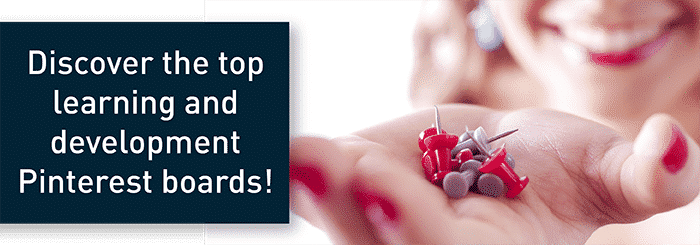[feat-img-left]What gets people more motivated to work: the carrot (a reward) or the stick (a consequence)? Does one method stand head and shoulders above the other in terms of effectiveness?
The answers to these questions depend on how you view your employees. Douglas McGregor at the MIT Sloan School of Management coined his ‘Theory X’ and ‘Theory Y’ in the 1960s to describe the dichotomy of individual characteristics. Theory X holds the assumption that humans, by nature, prefer to avoid work, and employees only work to make money. Theory Y disputes this notion, and instead explains that employees care about their work and look to complete tasks and jobs to advance their careers. Unfortunately, the issue may not be so black and white. Hanneke den Ouden and Roshan Cools at the Donders Institute in Nijmegen, Netherlands and NYU respectively have found that the best motivational tactics depend on each individual employee’s genetic makeup. Today, many have found incorporating the best aspects of the carrot or stick approach will motivate your employees to reach their full potential.

Dangers of Just Using the Carrot
After reading descriptions about both tactics, it seems like most articles are making a sales pitch for the carrot method. Unfortunately, just using the carrot can be proven fruitless if not used correctly. Dr. Linda Hill, a Professor at Harvard Business School, believes that setting monetary rewards for employees can be ineffective after a certain point. She explains that if a sales team only works for the carrot, the carrot must be increased “again and again” to have a similar effect. Economist Anton Suvorov explains that rewards can be addictive, and that employees will begin to expect and require it to do their best work. In addition, it’s important to set rewards that are in line with your company’s overarching goal. Julie Honeywell in her article Is it the Carrot or the Stick That Motivates Employees, explains that if your goal is to value customer service but your reward system is set to renumerate the employee that completes the most calls, the incentives are not in line with the goal. If your goal focuses too much on the result and not behavior your employees may not be working for your objective.The New Employee Employer Relationship
Long gone are the days where a person would go to work at one company from the day they graduated college to the day they retired. Eric Lowitt, CEO of Nexus Global Advisors and writer for the Harvard Business School, explains that because this ‘implicit’ contract between worker and firm no longer exists, employees now want a company ‘partner’ instead of a manager. Employees today seek to pad their resumes, create a professional network and work toward reaching individual goals, not merely the company’s goals. Lowitt explains that managers who heavily rely on the Stick method may push their top talent to leave for a more comfortable workplace environment, while other workers become disillusioned and unproductive. How does one manage without spoiling employees too much? Lowitt emphasizes the importance of a corporate purpose. If there is a clear objective that is more than just reaching a monetary goal each quarter, employees will have a clear objective and feel their work is more meaningful. Additionally, Sahba Saint-Claire, CEO of Touché, explains that through constant communication managers can highlight how every piece of work contributes to the overall success of the company.When is it Appropriate to Use The Stick
While most people take no joy in playing the role of the villain, it is still important to use ‘the stick’ to keep your office running smoothly. If people are working their hardest and feel like their work is meaningful, the stick will not have to be used often. In these situations, the stick is only used on employees that underperform because their values, and what they deem meaningful, is not in line with those of the company. Lowitt explains that in these situations “the stick’s existence is known”, but positive performance is more likely to be rekindled.
